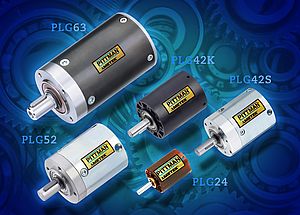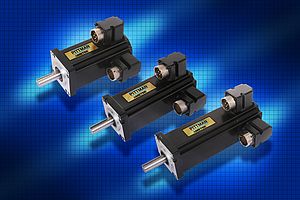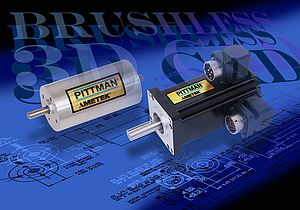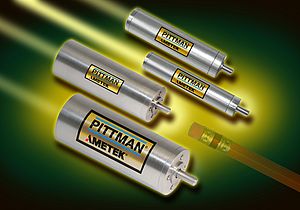With the PITTMAN PBL 4850E, motor users can create distributed stand-alone complex motion profiles intuitively and quickly, eliminating the need for additional motion control components such as programmable logic controllers or field communication busses.
The PBL4850E is a 4-quadrant brushless controller that utilizes sinusoidal commutation to produce smooth motion and minimizes torque ripple. The drive further refines motion by incorporating two motion profiles: trapezoidal and s-curve. The latter may be used to eliminate jerk due to rapid changes in velocity rates during motion.
The drive offers programmable current control of up to 5.6A peak with an optional current boost during ramping of up to 6.5A peak. With an input voltage of 12-48 VDC, the drive can accommodate a wide range of brushless motors. Hall cell signals are used for phase initialization, and an encoder provides positional feedback.
Other features include 8 opto-isolated general purpose inputs and outputs. Each input is rated for 5 to 24 VDC, 8 mA maximum per input. The outputs are open collector, 5 to 24 VDC, 200 mA maximum per output. The PBL4850E IDEA drive communicates via a USB to mini USB.
The IDEA software is configurable with numerous programming units to provide versatility in creating programs with the PBL4850E drive. Selecting units of revolutions creates a platform for users to generate complex velocity motion profiles geared towards rotary-based applications. Selecting units of inches or millimeters simplifies programming within a linear-based setup by allowing users to program with native units within the system to generate motion profiles. Real-time and programmable methods of operation make the drives ideal for prototyping and integration into systems. Users can instantly witness motion when sending commands directly to the drive via the USB interface. This allows users to easily send motion profiles with varying parameters to determine torque and speed limitations under load during design.
The drive also is well suited for integrating into systems because it can store a wide range of complex motion programs into memory, and is capable of executing them independently, without a connection to a computer or communication bus.
The IDEA software allows system designers to easily troubleshoot programs using line-by-line or multiple line program execution and an interactive debug feature. Inputs and outputs can be simulated using the software before connecting actual I/O hardware. Driving brushless motors has never been easier.



























